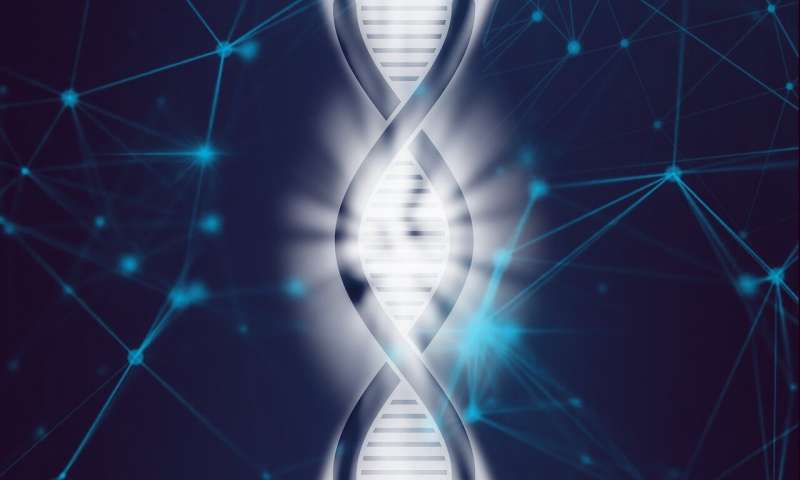Researchers find common therapeutic vulnerability for a genetically diverse and deadly leukaemia

Scientists and clinicians from Duke-NUS Medical School, the Agency for Science, Technology and Research's (A*STAR's) Genome Institute of Singapore (GIS), and the Singapore General Hospital (SGH), have devised a novel drug combination that could treat a particularly deadly form of leukaemia known as blast crisis (BC) chronic myeloid leukaemia (CML). The team has also developed strategies that may identify patients with early stage or chronic phase (CP) CML who are at increased risk of developing BC, and potentially preventing disease progression.
CML is a blood cancer that can be controlled by continuously taking an expensive type of medicine called a tyrosine kinase inhibitor (TKI). In almost all patients, stopping TKI treatment results in recurrence of CML. While most CML patients respond well to life-long TKI usage, about 10 percent of patients become resistant to TKIs, and progress to late-stage or blast crisis (BC) CML. Patients with BC almost always die from their disease. While many genetic mutations are known to be associated with BC progression, the mechanisms by which they and other factors cause BC remain largely unknown. This knowledge gap prevents clinicians from identifying which CML patients are at risk of BC progression, and treating BC when it occurs.
"To fill these critical gaps, we employed the latest molecular approaches to establish that the so-called 'polycomb repressive complex," or PRC, alters the regulation of a set of genes which drive BC progression," said Dr. Tun Kiat Ko, Research Fellow at Duke-NUS' Cancer and Stem Cell Biology (CSCB) programme. He also added, "We found that the consequences of altered PRC activity were common to the majority of BC cases, regardless of the different leukaemia-causing mutations we also found in them."
Using this increased understanding, the team devised novel drug combinations, which reverse the downstream effects of the PRC in BC. At the same time, they also developed methods to identify CML patients who were at increased risk of developing TKI-resistance and progressing to BC.
"Our discovery is like finding the 'one ring that rules them all." Since there are many cancer-causing genetic mutations that occur when chronic phase CML transforms to blast crisis, it has been very challenging to determine which ones are critical to BC, and therefore important to target. By discovering this 'one ring' and how to 'destroy' it with a novel drug combination, we open the door to treating this deadly cancer with the same combination of drugs regardless of the myriad mutations that exist in any particular patient. In addition, our study demonstrates the ability of scientists and clinicians to make exciting discoveries that can be translated to the improved health of patients all over the world, as well as Singaporeans," said Associate Professor Ong Sin Tiong from the Duke-NUS CSCB programme and corresponding author of this study.
"The multi-omics approach was critical to the success of the study. Each layer of information provided us corroborative evidence and insight into the dysfunction of the polycomb repressive complex leading to the progression to blast crisis stage of CML," said Asif Javed, co-corresponding author of the study.
"This study is another example of how interdisciplinary research leads to new insight," says Axel Hillmer, group leader at the GIS who led the genomics part of the project.
Patrick Tan, executive director of GIS, adds, "Due to technology advancements over the last years, it is now possible to apply more complex genomic analyses to translate such findings into routine diagnostics."
"As a haematologist treating patients with advanced blast crisis CML, it is disheartening when we run out of treatment options for them. And that is why we are very encouraged by the study findings and certainly hopeful that our patients may one day benefit from the efforts of our collaboration," said Associate Professor Charles Chuah, senior consultant, Department of Haematology, SGH.
The team is currently working on approaches to identify CML patients who are at risk of BC transformation, and also to determine why the key PRC-related events occur in the first place.
More information: Tun Kiat Ko et al. An integrative model of pathway convergence in genetically heterogeneous blast crisis chronic myeloid leukemia, Blood (2020). DOI: 10.1182/blood.2020004834
















